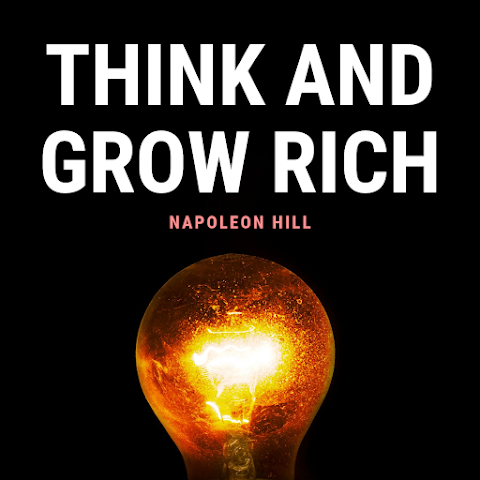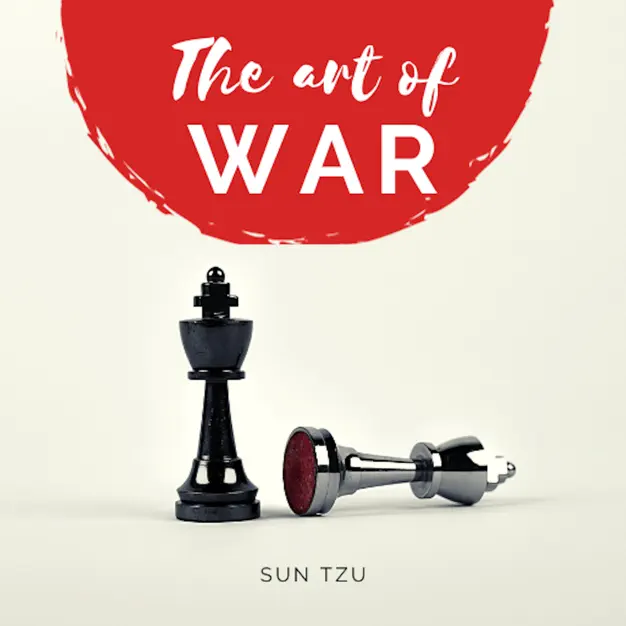Introduction: History Through Storytelling
One of the most remarkable aspects of The Count of Monte Cristo is how it introduces readers to historical contexts through compelling storytelling. For first-time readers of classic literature, the novel's rich historical setting provides an engaging window into the past while maintaining modern relevance. Through its masterful blend of historical fact and dramatic narrative, the story creates an ideal learning environment for understanding how literature can illuminate different historical periods.
What makes this novel particularly valuable for new readers is its approach to historical context. Beginning with relatable human experiences set against a historical backdrop, the story gradually reveals deeper layers of political and social complexity, allowing readers to develop their historical understanding naturally as they follow the narrative. This progressive depth, combined with timeless themes, provides an excellent foundation for appreciating how literature connects past and present.
Listen on Spotify
Experience the rich historical context of The Count of Monte Cristo through our professional audiobook narration. The skilled narration brings the Napoleonic era to life, helping new readers understand and connect with this fascinating historical period while maintaining complete engagement with the story.
Section 1: Accessible Historical Entry Points
Making History Relatable
The novel presents historical context through accessible, engaging elements that new readers can easily grasp:
Initial Historical Elements
- Napoleonic Era Introduction
- Clear political backdrop
- Historical events through personal stories
- Relatable social dynamics
- Period-specific details naturally integrated
- Maritime Setting
- Engaging seafaring world
- International trade context
- Mediterranean culture
- Naval history elements
Section 2: Progressive Historical Understanding
Building Historical Knowledge
The novel develops readers' historical understanding through carefully layered context:
Historical Development
- Political Landscape
- Napoleonic Wars impact
- Restoration period dynamics
- French political changes
- European power relations
- Social Context
- Class structure understanding
- Period social mobility
- Cultural norms exploration
- Economic systems insight
Section 3: Modern Relevance
Connecting Past and Present
The novel demonstrates how historical themes remain relevant to modern readers:
Timeless Elements
- Universal Themes
- Justice and revenge
- Love and betrayal
- Power and corruption
- Personal transformation
- Contemporary Parallels
- Social inequality issues
- Political manipulation
- Economic power dynamics
- Personal identity struggles
Section 4: Cultural Context
Understanding Period Society
The novel provides rich insights into 19th-century culture:
Cultural Elements
- Social Customs
- Period etiquette
- Social expectations
- Class interactions
- Cultural traditions
- Daily Life
- Urban versus rural life
- Transportation methods
- Communication systems
- Entertainment forms
Section 5: Historical Learning Tools
Educational Value
The novel serves as an effective tool for historical education:
Learning Elements
- Historical Understanding
- Period comprehension
- Historical perspective
- Context appreciation
- Era familiarization
- Educational Benefits
- Historical research motivation
- Period exploration encouragement
- Context analysis skills
- Historical appreciation development
Conclusion: The Perfect Historical Introduction
The Count of Monte Cristo's masterful handling of historical context makes it an ideal first book for readers entering the world of classic literature. Through its careful balance of accessible historical elements and engaging storytelling, the novel creates a reading experience that naturally develops historical understanding while maintaining consistent reader interest. This combination of education and entertainment provides new readers with the perfect introduction to how literature can illuminate the past.
For those beginning their literary journey, the novel's historical setting serves as both an engaging backdrop and an educational tool. The clear yet sophisticated presentation of historical context demonstrates how classic literature can make the past both accessible and relevant, helping readers develop the historical appreciation necessary for exploring other literary works. As readers navigate the carefully constructed historical elements, they naturally build the contextual understanding needed for their future literary adventures.
The Count of Monte Cristo thus serves as both an engaging first read and an invaluable introduction to historical literature, making it the perfect choice for beginning one's journey into classic literature. Its masterful balance of historical detail and narrative engagement creates an ideal learning environment that prepares readers for exploring more challenging works while ensuring their first experience with historical context is thoroughly enjoyable and rewarding.



